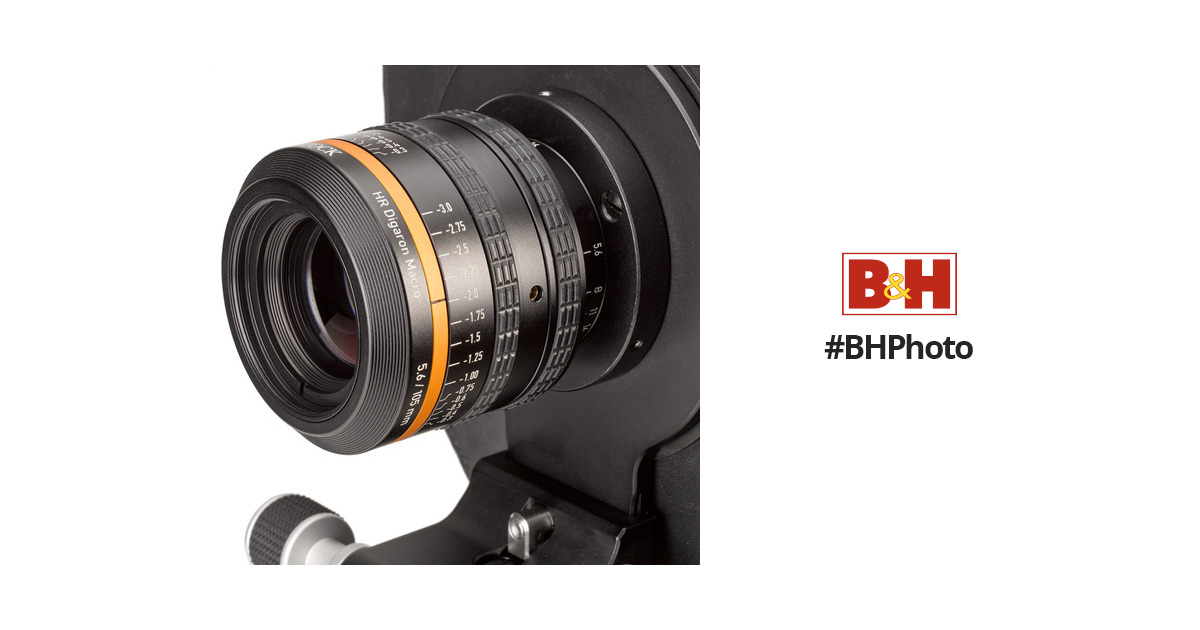biglouis
Well-known member
Matt: Fantastic test series. Quite thought provoking. To my eye the GF120 does the best all round job. I owned one when I had the 50S but sold it when I went down to the 50R.
One thing I will add to the mix is that I now shoot macro with my XF 80/2.8 on the X bodies I own. The results are drop dead fantastic, I would say even better than I got with the GF120 on the 50S. The XF80 also accepts the TC1.4x which obviously drops its widest aperture to f4 but as for macro I normally shoot at a minimum of f5.6 and more like f16 it doesn't really matter. What I lost in resolution I make up for in terms of weight and handling compared to the GF120 on a GFX body, e.g. you can hold it for long periods handheld if you are trying to catch bugs on flowers. Like the GF120 it also makes a great portrait/short telephoto.
The thing I like to say about Fuji is that they really don't know how to make a bad lens.
An example of focus stacking, the blend was taken on the X-T3 at 80mm iso200 f9.0 and 1/250 (as the flower was subject to some movement I had to use a high speed). I can't remember how many images I took to get front to back sharpness. Blended in CS.

I've used the XF80 a few times for professional work but mostly as a portrait, short telephoto lens, however one regular client wanted me to photograph their unique collection of artefacts which date back to the 17th century for a forthcoming heritage project at the oldest synagogue in the UK, Bevis Marks (the results of all the macro photography are at their website). This is the ancient seal.
X-T3, TC1.4x 126mm, iso120, f5.6, 0.9secs - single exposure, natural lighting.

One thing I will add to the mix is that I now shoot macro with my XF 80/2.8 on the X bodies I own. The results are drop dead fantastic, I would say even better than I got with the GF120 on the 50S. The XF80 also accepts the TC1.4x which obviously drops its widest aperture to f4 but as for macro I normally shoot at a minimum of f5.6 and more like f16 it doesn't really matter. What I lost in resolution I make up for in terms of weight and handling compared to the GF120 on a GFX body, e.g. you can hold it for long periods handheld if you are trying to catch bugs on flowers. Like the GF120 it also makes a great portrait/short telephoto.
The thing I like to say about Fuji is that they really don't know how to make a bad lens.
An example of focus stacking, the blend was taken on the X-T3 at 80mm iso200 f9.0 and 1/250 (as the flower was subject to some movement I had to use a high speed). I can't remember how many images I took to get front to back sharpness. Blended in CS.

I've used the XF80 a few times for professional work but mostly as a portrait, short telephoto lens, however one regular client wanted me to photograph their unique collection of artefacts which date back to the 17th century for a forthcoming heritage project at the oldest synagogue in the UK, Bevis Marks (the results of all the macro photography are at their website). This is the ancient seal.
X-T3, TC1.4x 126mm, iso120, f5.6, 0.9secs - single exposure, natural lighting.


